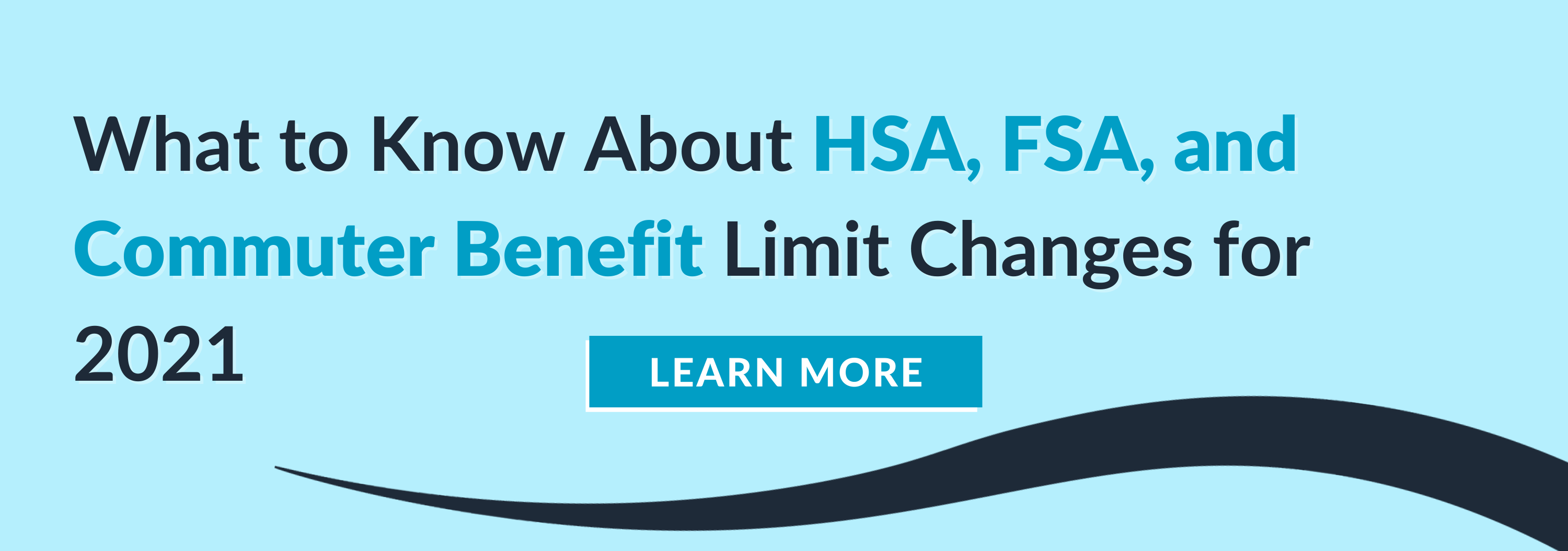
Written by
Lauren Brown
Lauren is an aPHR®-certified member of the Marketing team at Bernard Health. She writes about healthcare insights, employment law, and HR solutions.
What is the Difference Between HSAs and HRAs?

Benefits like HSAs and HRAs both allow employees to save on health costs by having tax-free funds dedicated to medical expenses. While the terms appear similar and are easily confused, there are key differences between HSAs and HRAs. How do these two health benefits work and what should employers consider when it comes to offering them?
Defined: What are HSAs and HRAs?
A health savings account (HSA) is a personal bank account with tax advantages that can be used by an employee or individual to pay for medical expenses, typically as part of high-deductible health insurance plans. A wide variety of banks around the country offer these types of accounts to individuals and families.
Meanwhile, a health reimbursement arrangement (HRA), sometimes called a health reimbursement account, is an employer-funded and owned group health plan. Through HRAs, employees receive tax-free reimbursement for qualified medical expenses up to a certain dollar amount per year.
The main difference between the two types of accounts is that an HSA is an account owned by the employee that an employer can contribute to, whereas the HRA is employer-owned. Also, an HRA is meant to be a singular benefit by itself whereas an HSA is a part of a larger health plan.
How Do HSAs and HRAs Work?
With an HSA, employees are able to manage how much money they contribute to their account up to the contribution limit that the IRS sets. The funds also roll over year to year, and the employee owns a card (usually linked to a major credit card provider) that they can carry with them and use directly for qualified expenses. Sometimes, employers choose to contribute to these accounts as a part of their benefit plan.
With an HRA, employees submit expenses for reimbursement from the allowance that their employer sets, rather than using a card and their own account. If the employee doesn’t use the entire amount that their employer agrees to reimburse them for, then the money stays with the employer.
There are also different types of HRAs, including Individual Coverage HRAs (ICHRAs) and Qualified Small Employer Health Reimbursement Arrangements (QSEHRAs).
Which is Better—HSAs or HRAs?
This question depends on a lot of factors, including your workforce, the scope of your HR team, and how your employees interact with their medical benefits. Here’s a breakdown of some considerations of each:
| HSA | HRA | |
| Are funds taxed or untaxed? | Not taxed | Not taxed |
| Enrollment requirements | Must be enrolled in a HDHP to qualify for an HSA | Most require minimal essential coverage |
| Is there a contribution limit? | Yes, the annual contribution limit is decided by the IRS. | It depends on the type of HRA. For most, the employer decides the contribution limit. For certain HRAs like QSEHRAs, there are contribution limits. |
| What happens to funds when an employee leaves the job or retires? | The funds travel with the employee. | Since the account is owned by the employer, the employee loses access to the funds. |
| Can funds be used on premiums? | No | Yes |
| What happens to unused funds? | Unused funds roll over year to year | Unused funds stay with the employer—and the employee may not get to use them, depending on the type of HRA and whether or not the employer allows funds to roll over annually |
| What expenses are eligible? | Eligible expenses can be found in IRS Publication 969 | Eligible expenses can be found in IRS Publication 502 |


Written by
Lauren Brown
Lauren is an aPHR®-certified member of the Marketing team at Bernard Health. She writes about healthcare insights, employment law, and HR solutions.
Related Posts
Yes, you can use a health savings account, or HSA, for cosmetic surgery, but only in...
According to the KPMG 2023 CEO Outlook, 64% of business leaders believe there will be a...
Thomas J. Peters, best known for his book In Search of Excellence, once stated, “The day...
According to the Ethics and Compliance Initiative’s (ECI) 2023 Global Business Ethics...






Submit a Comment